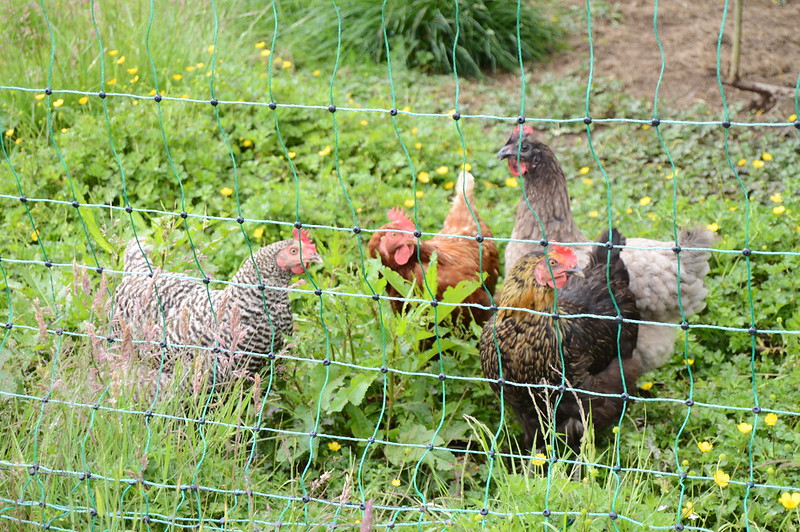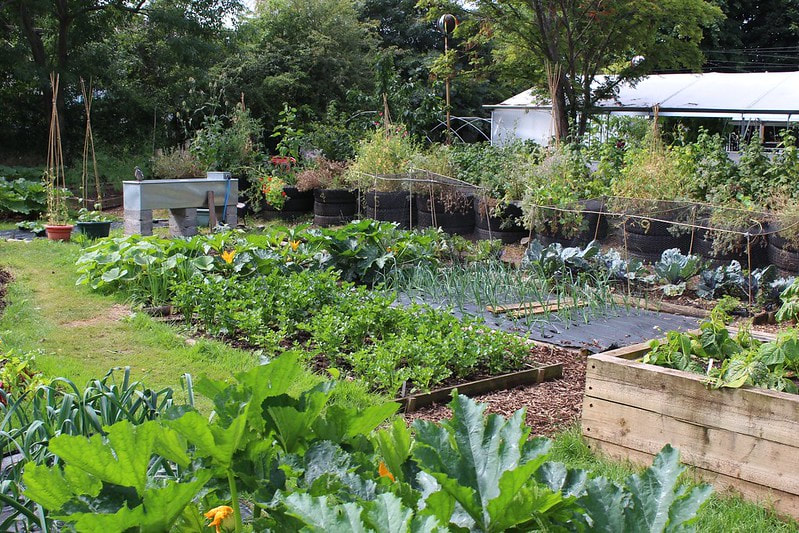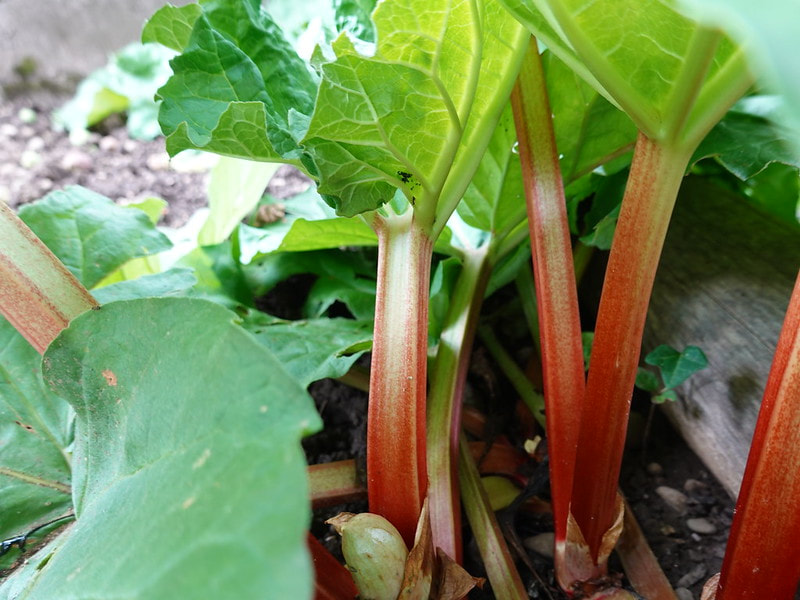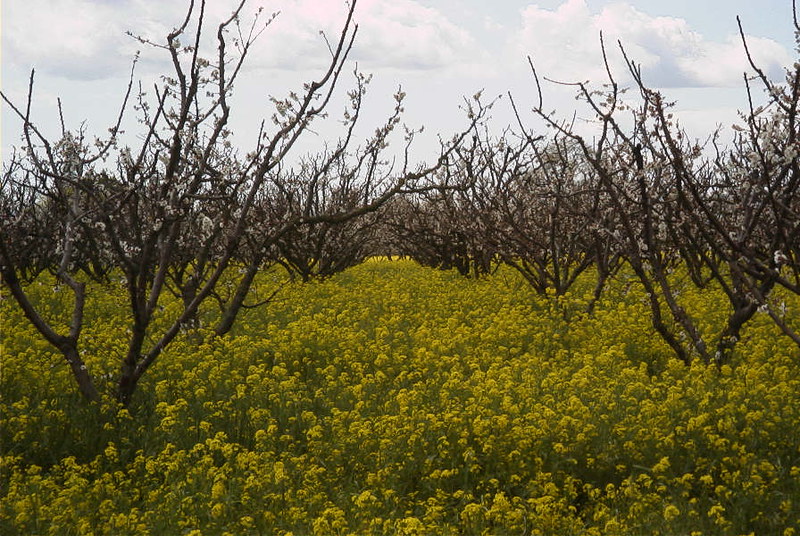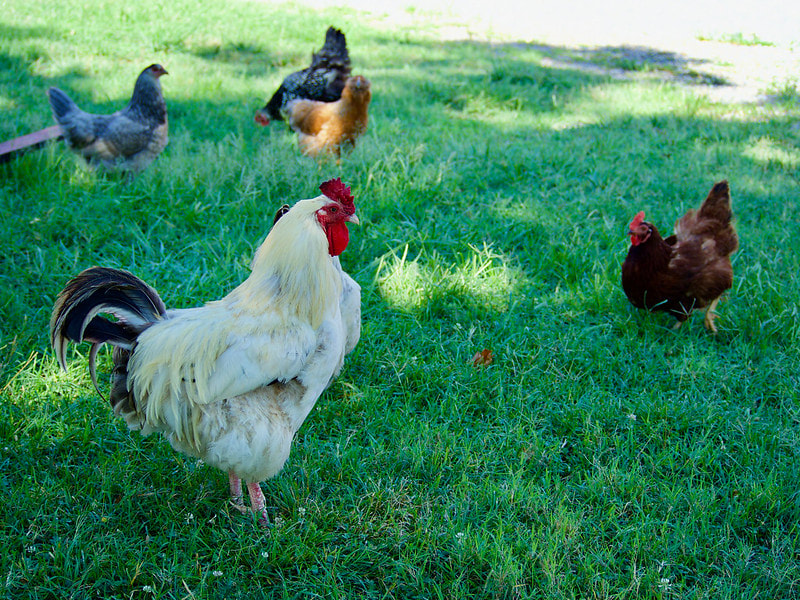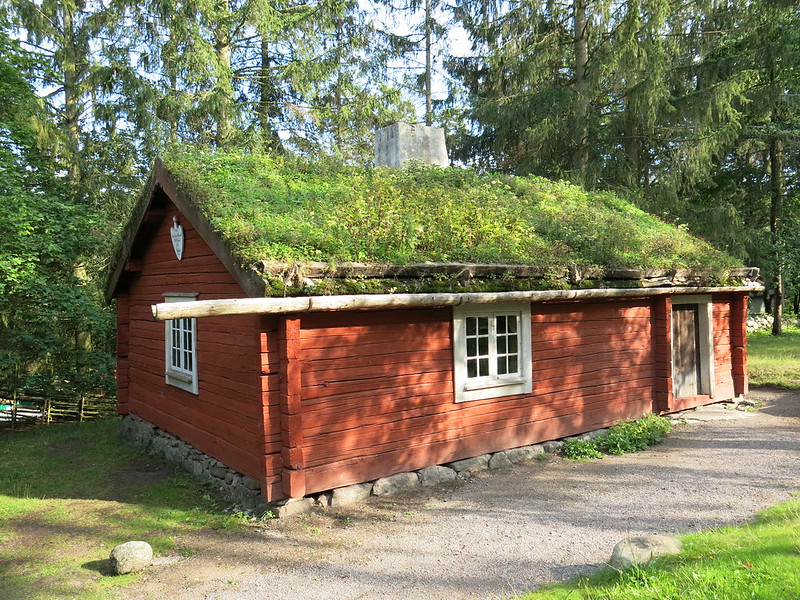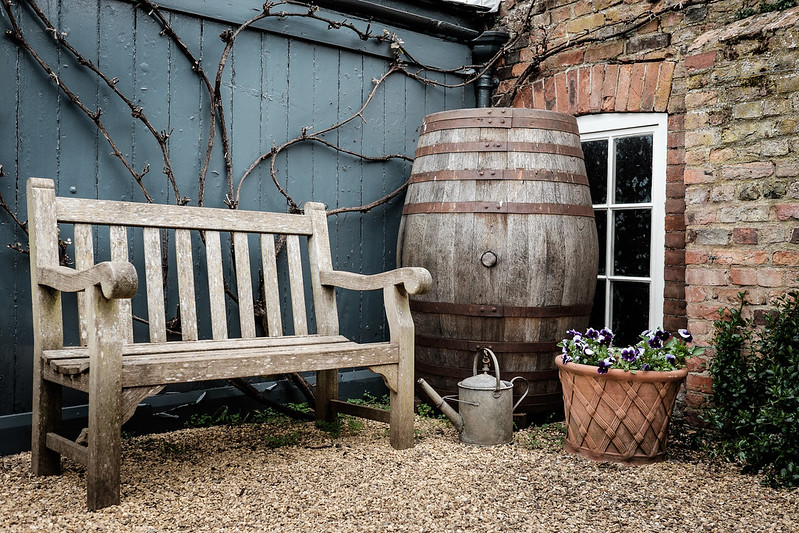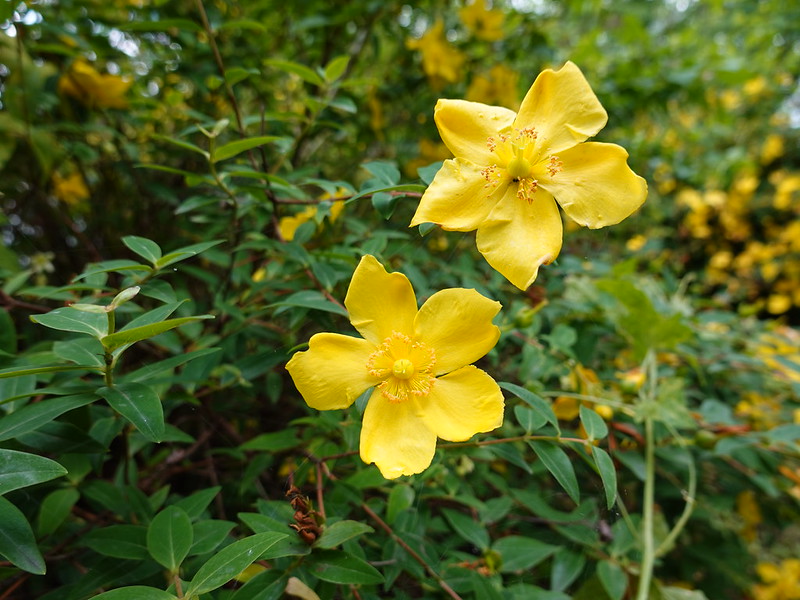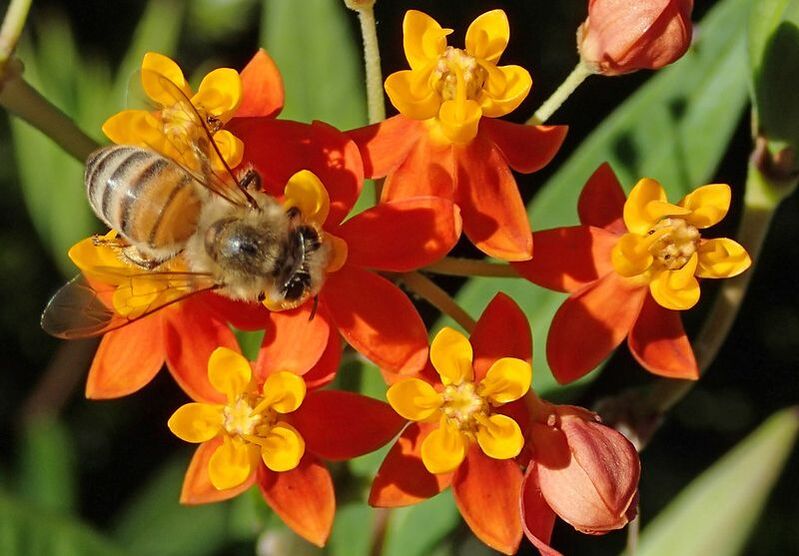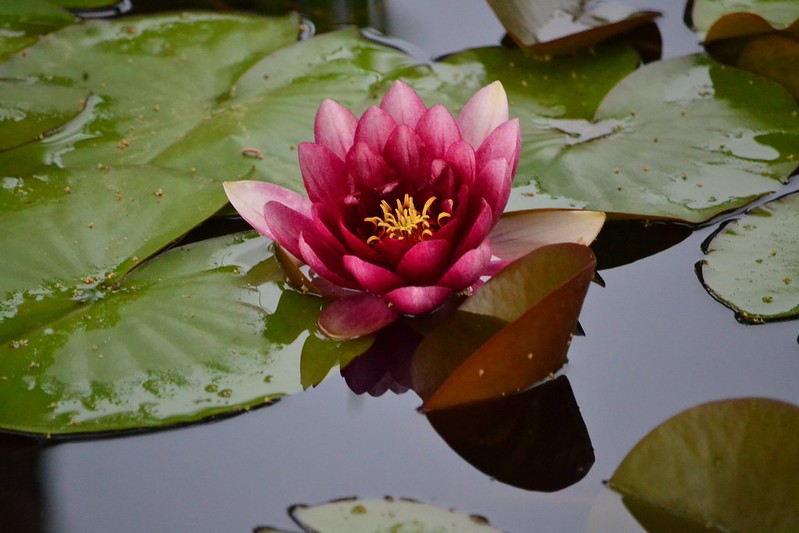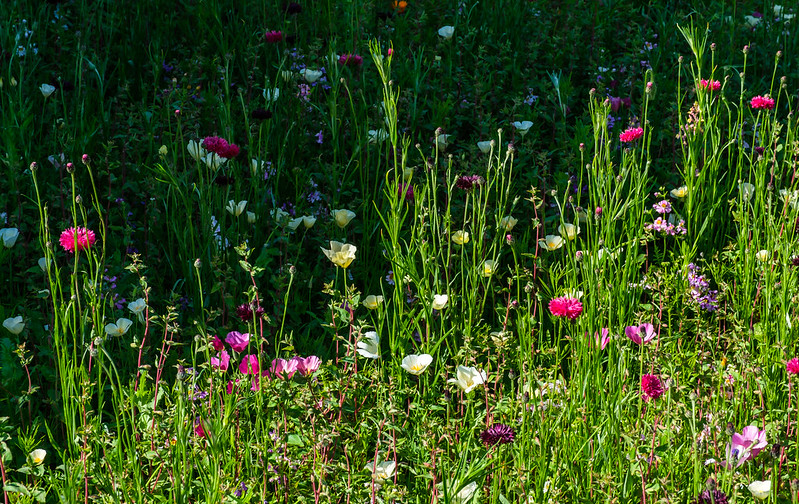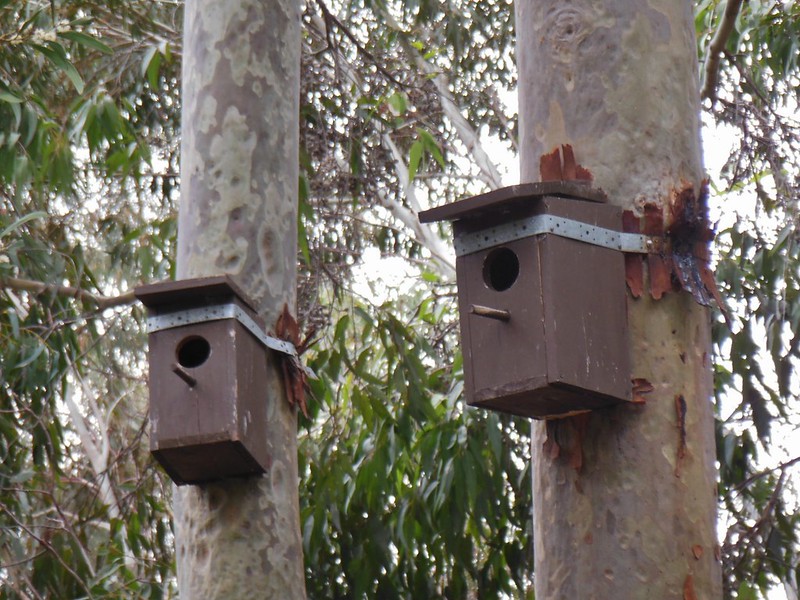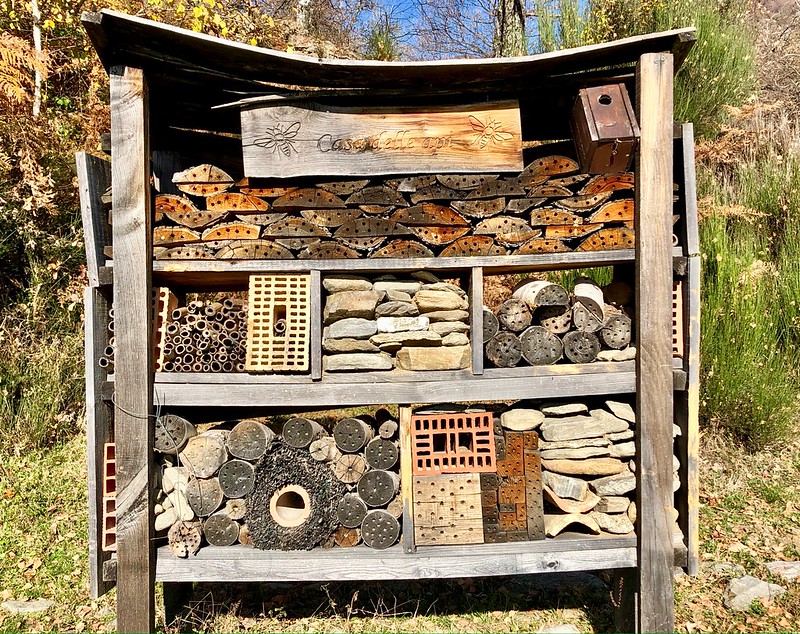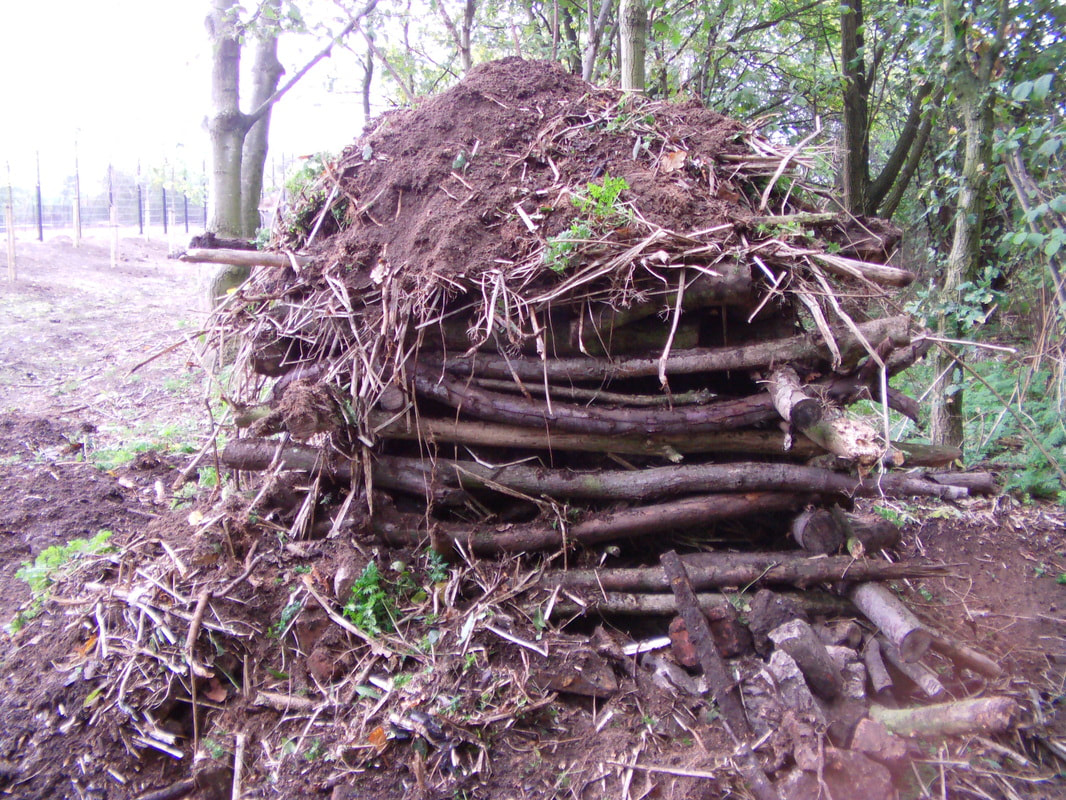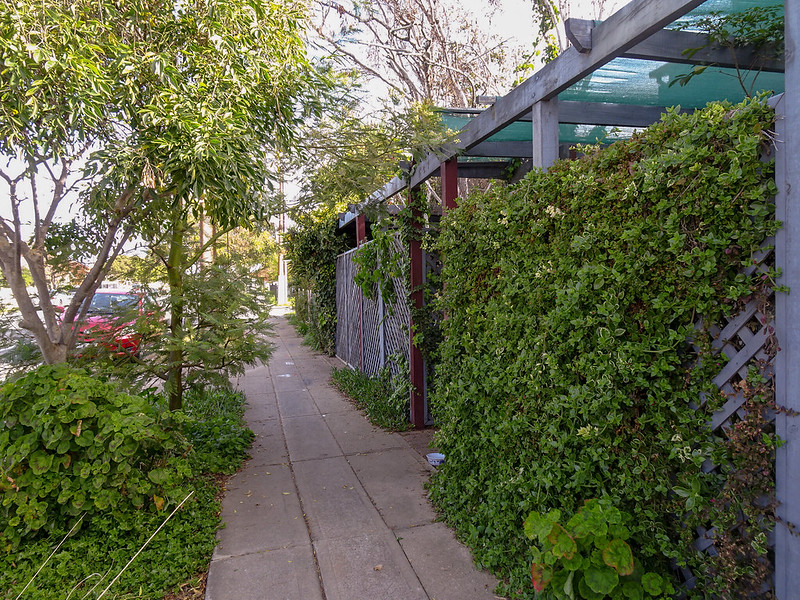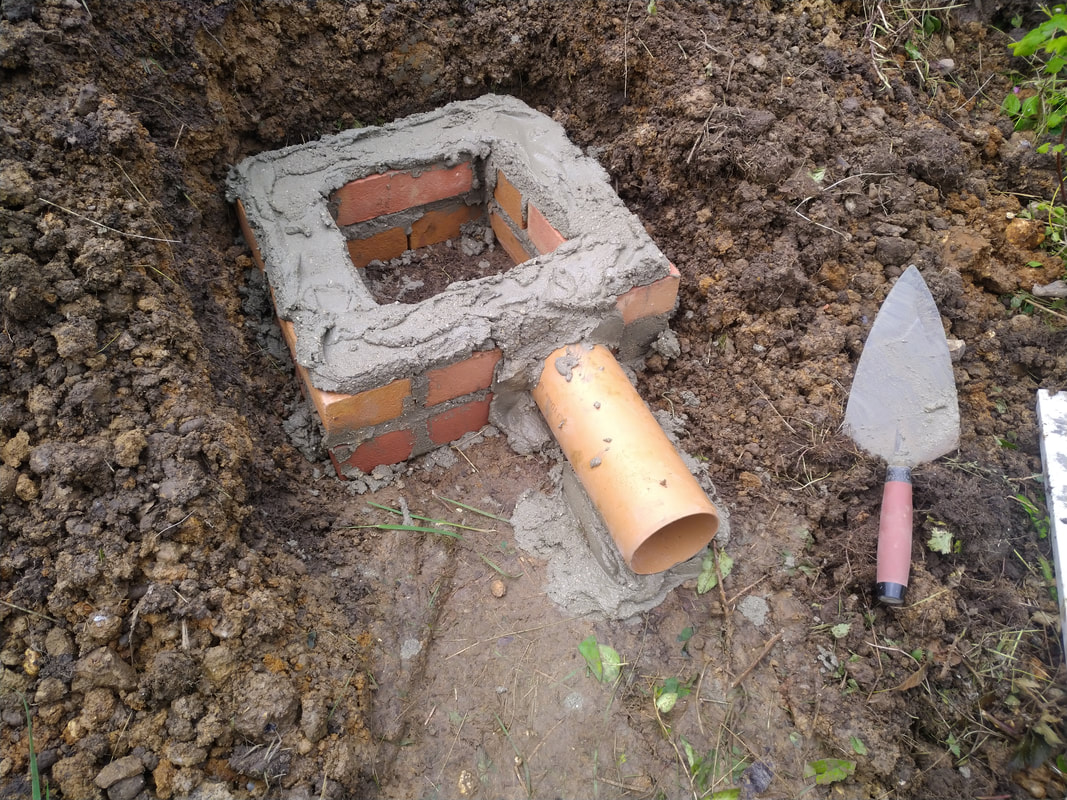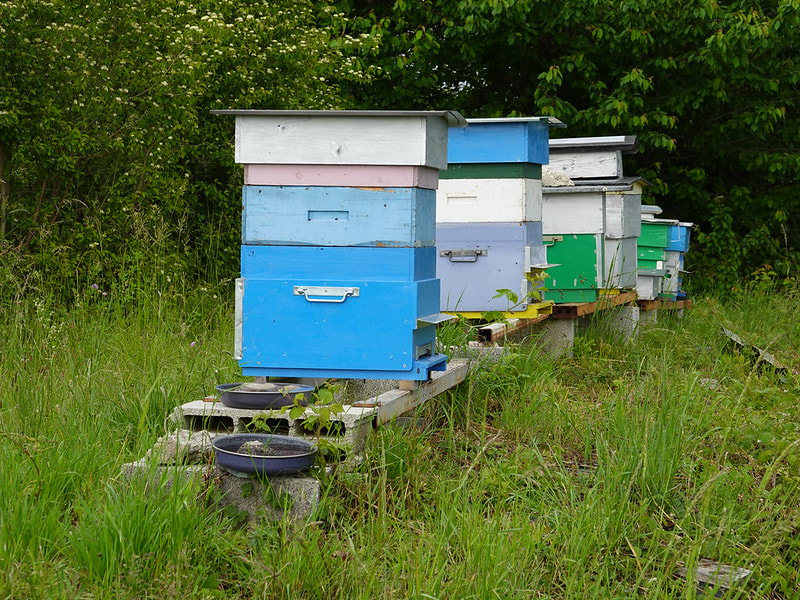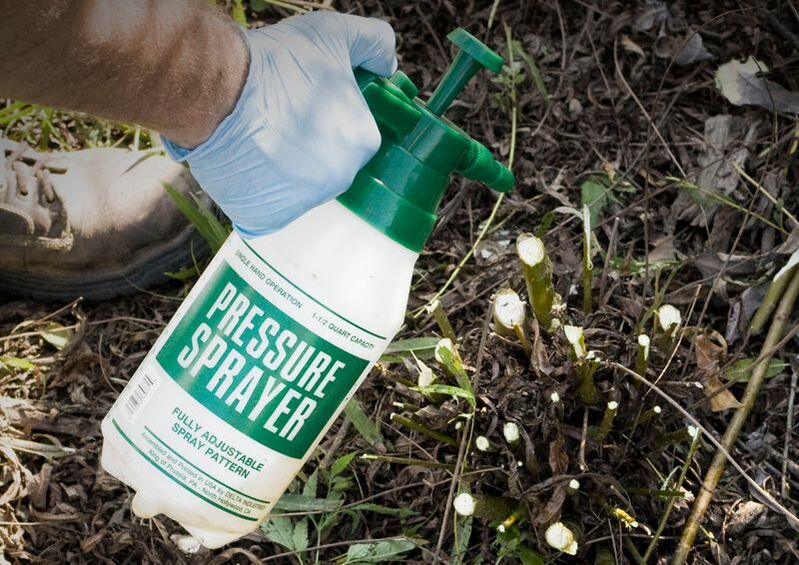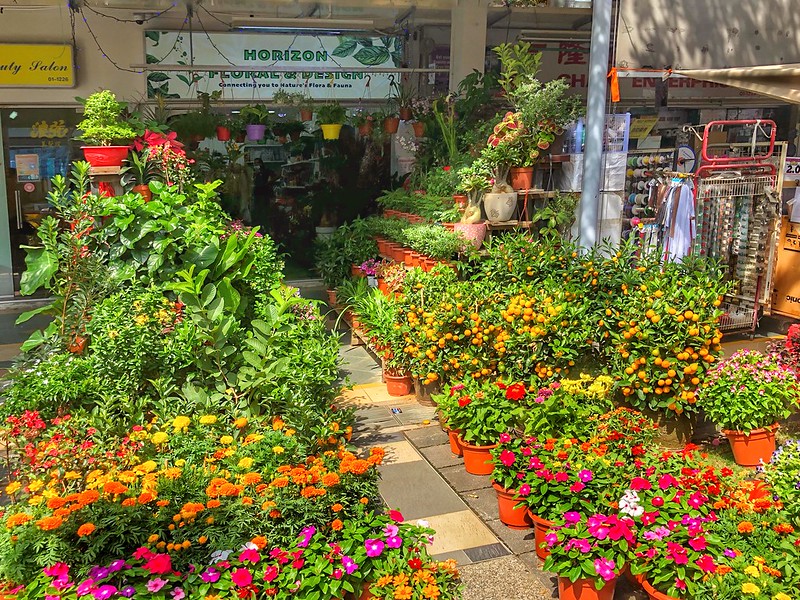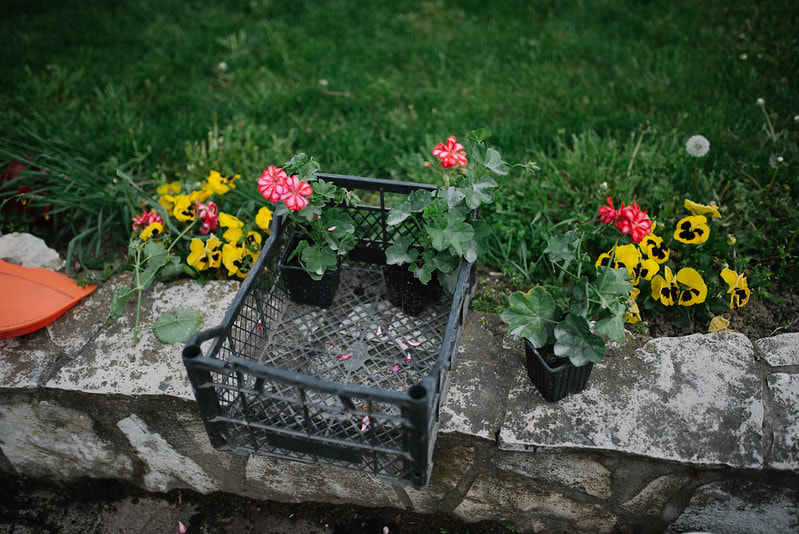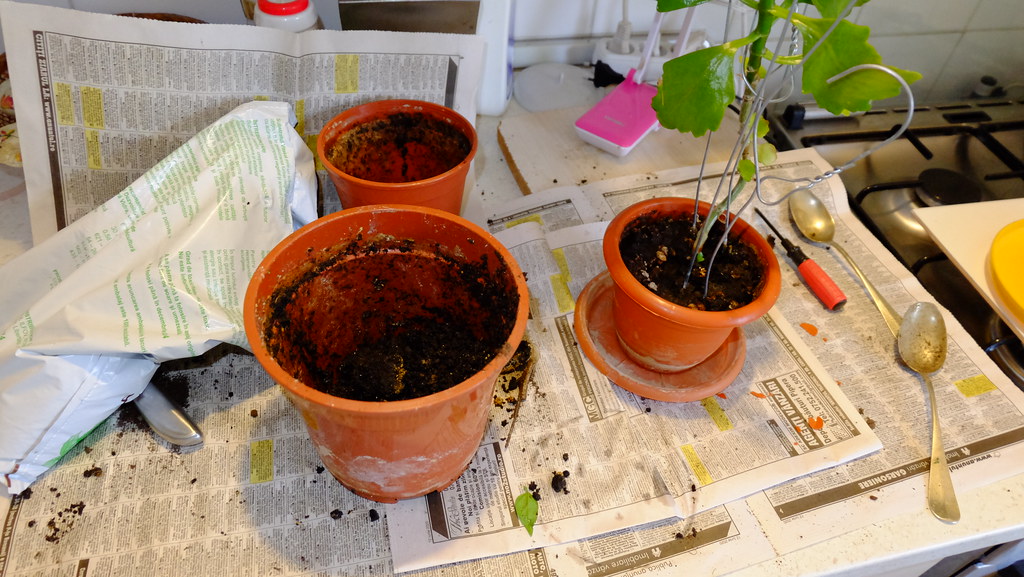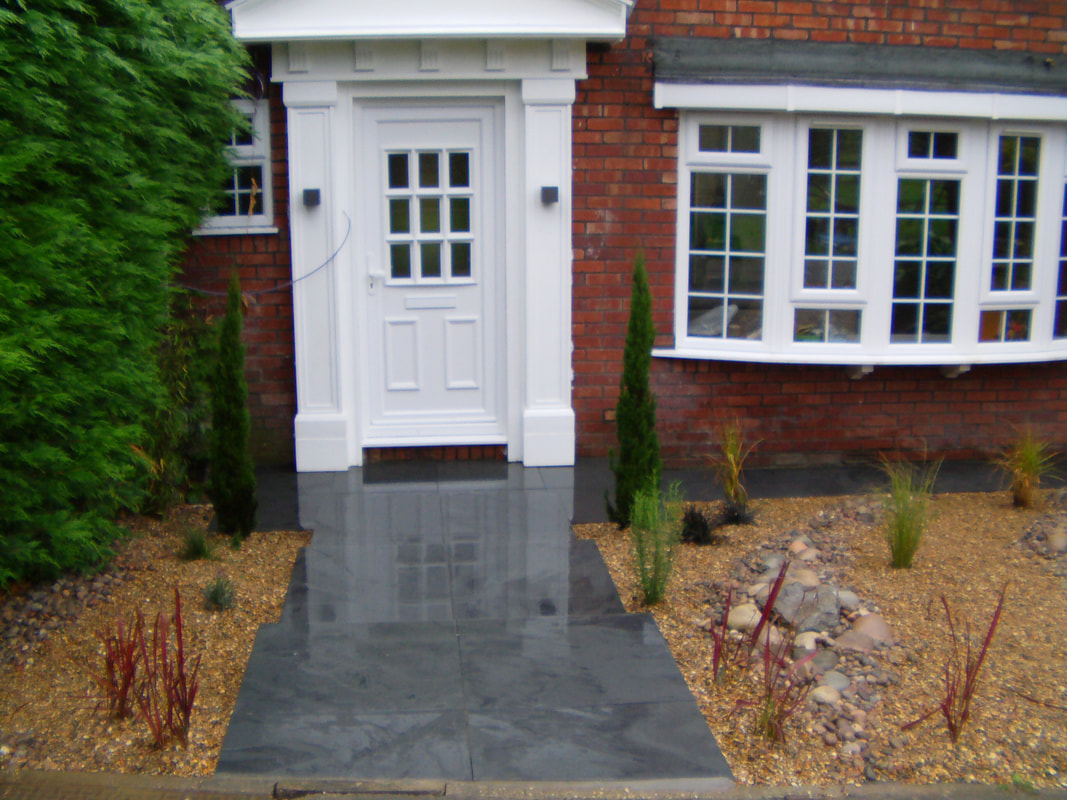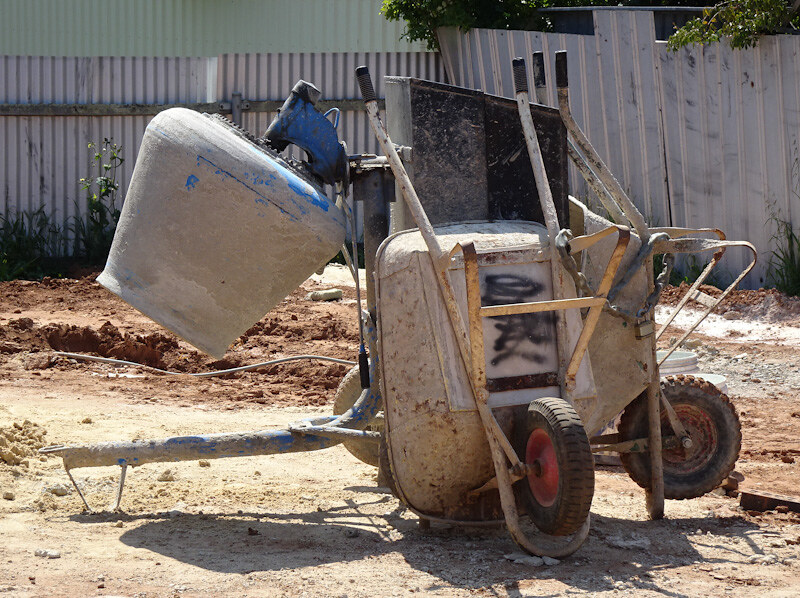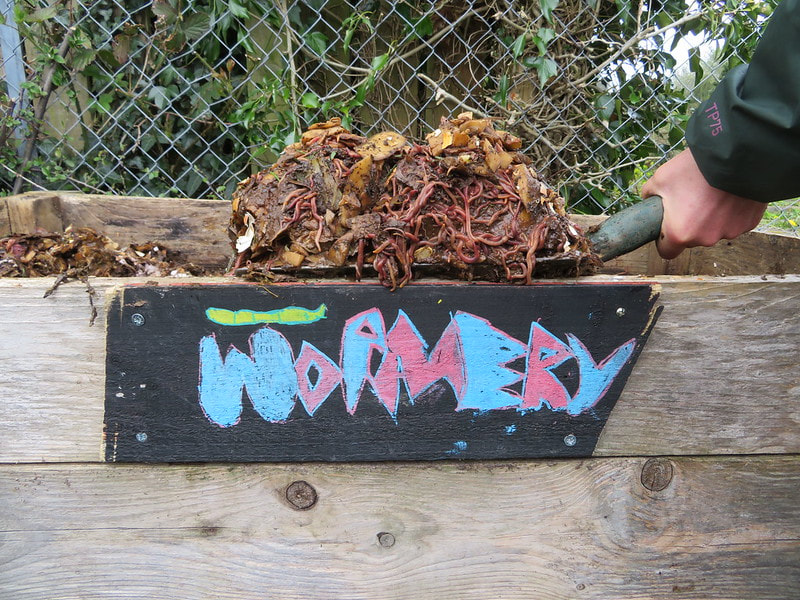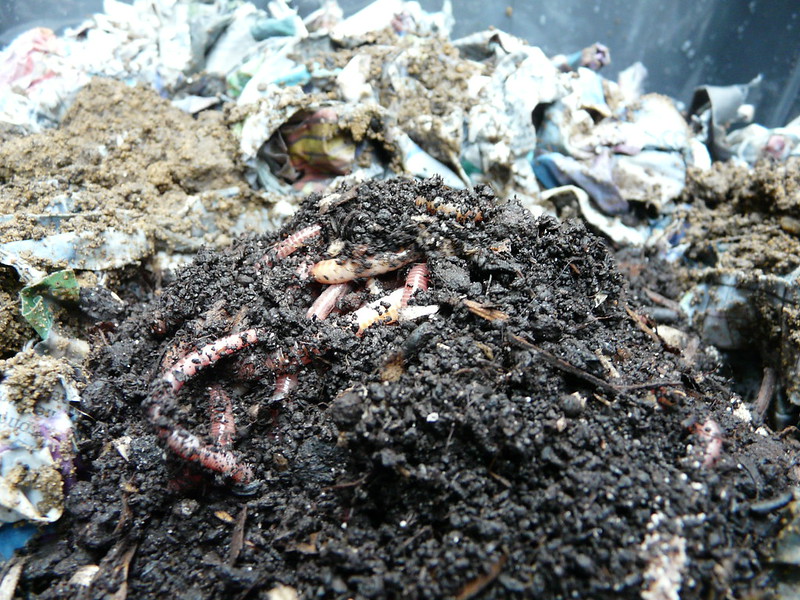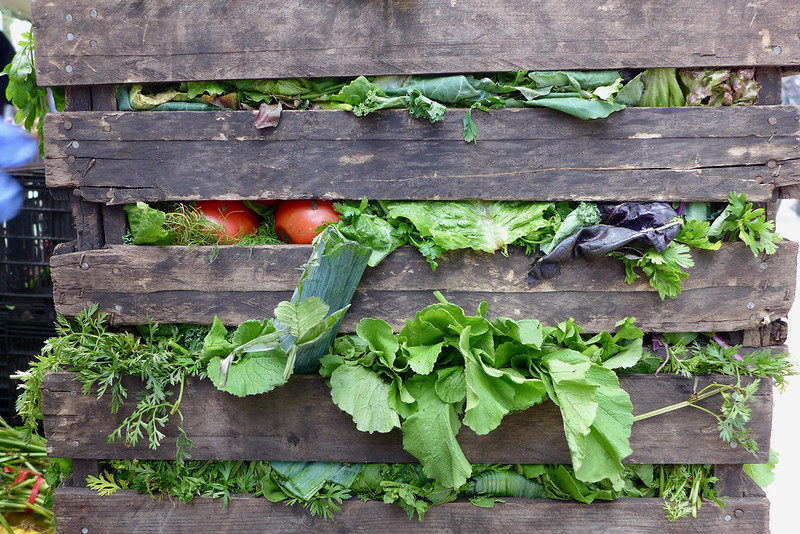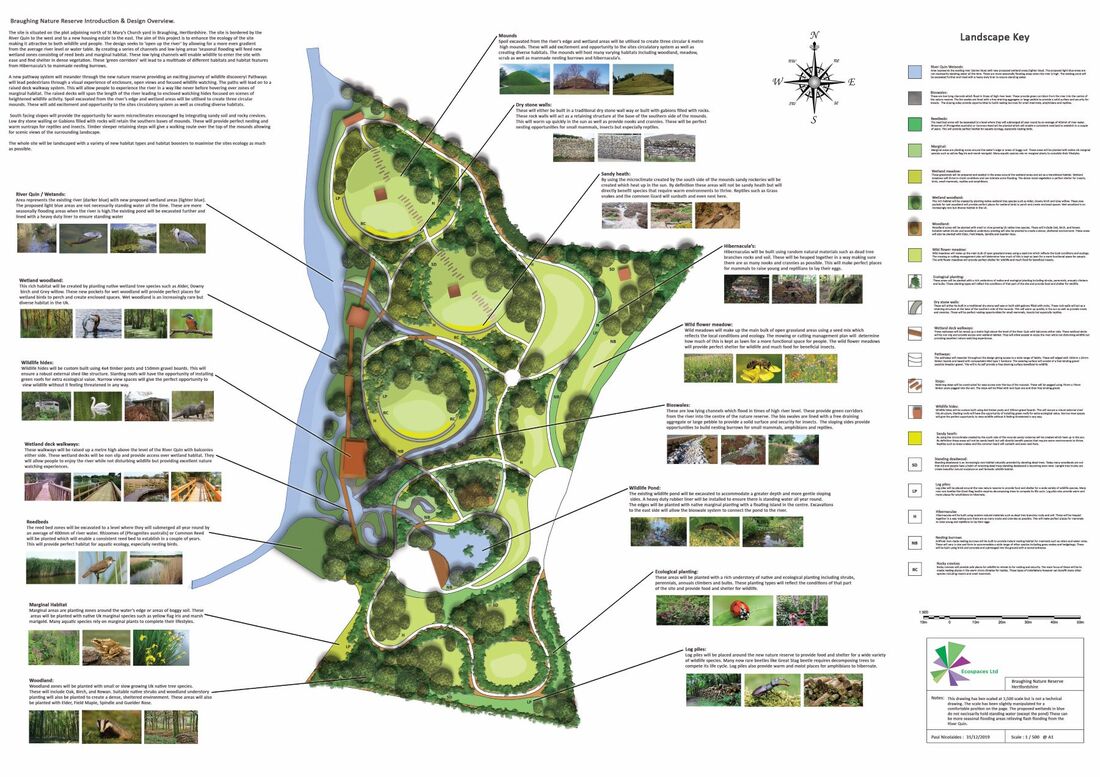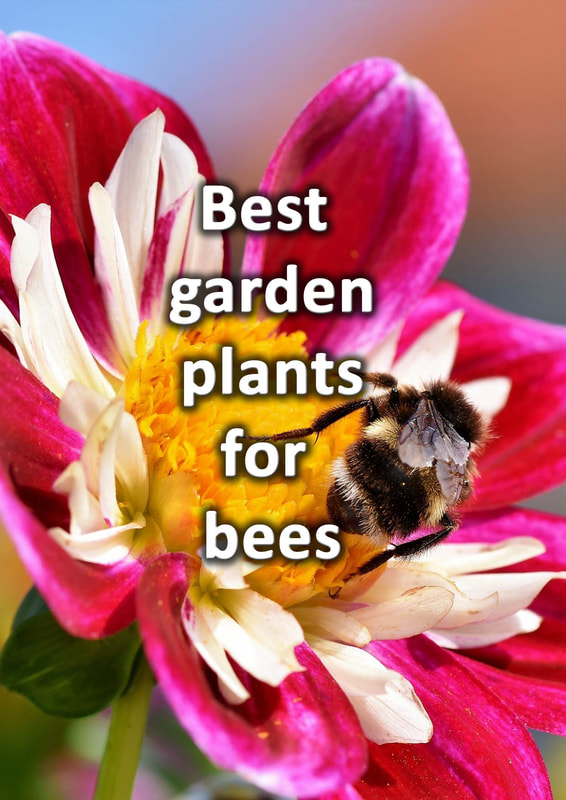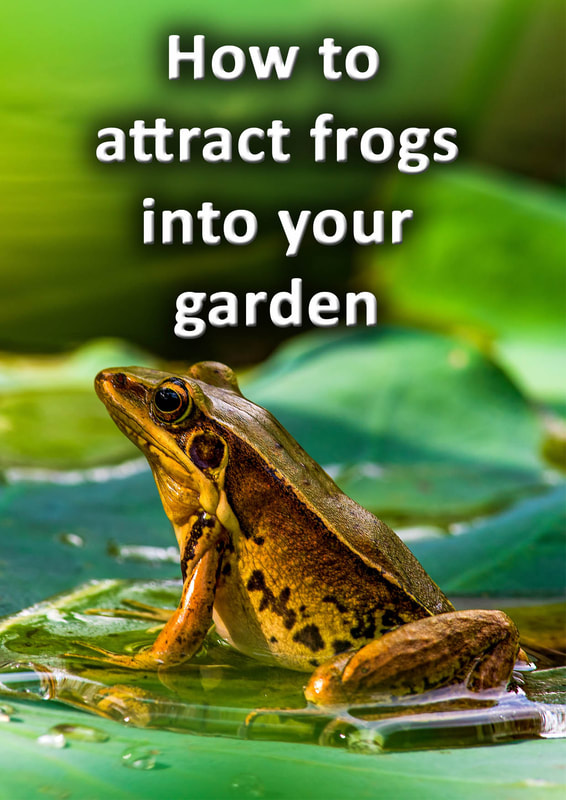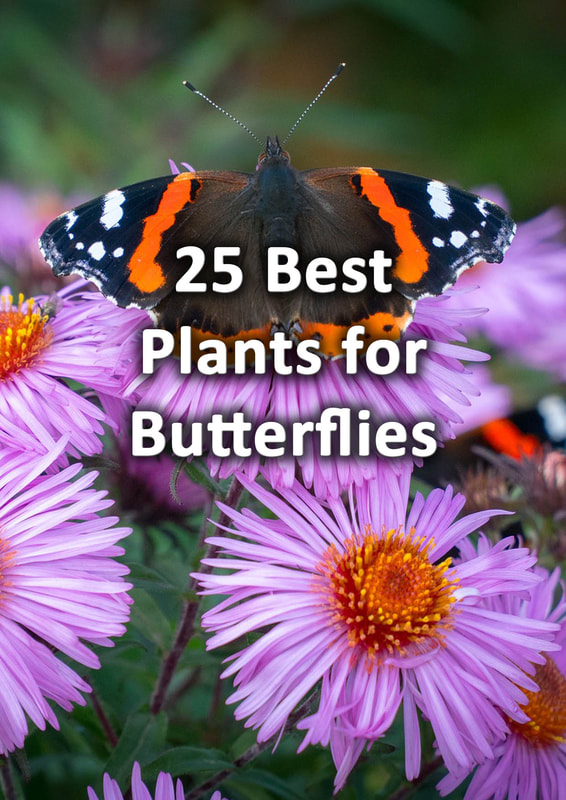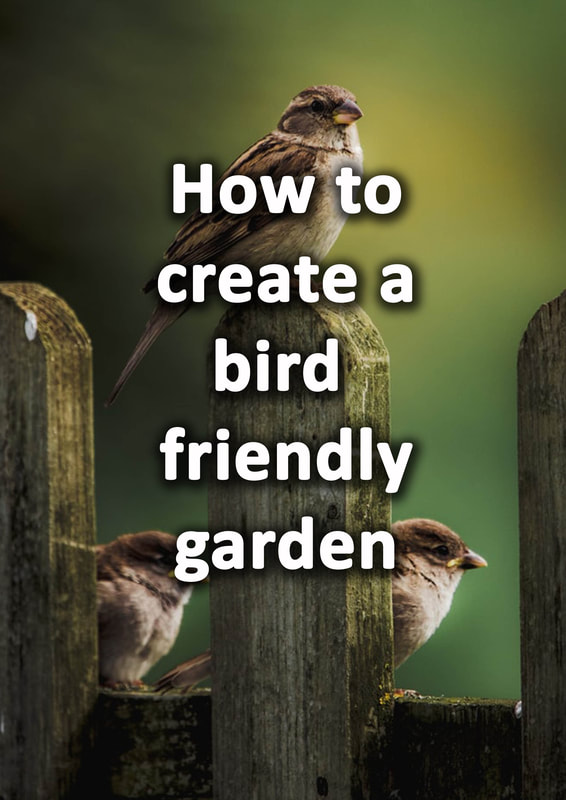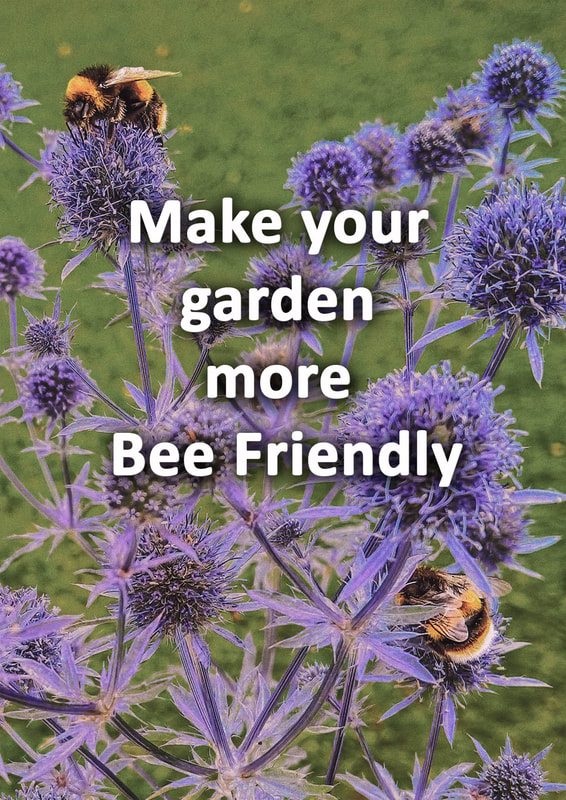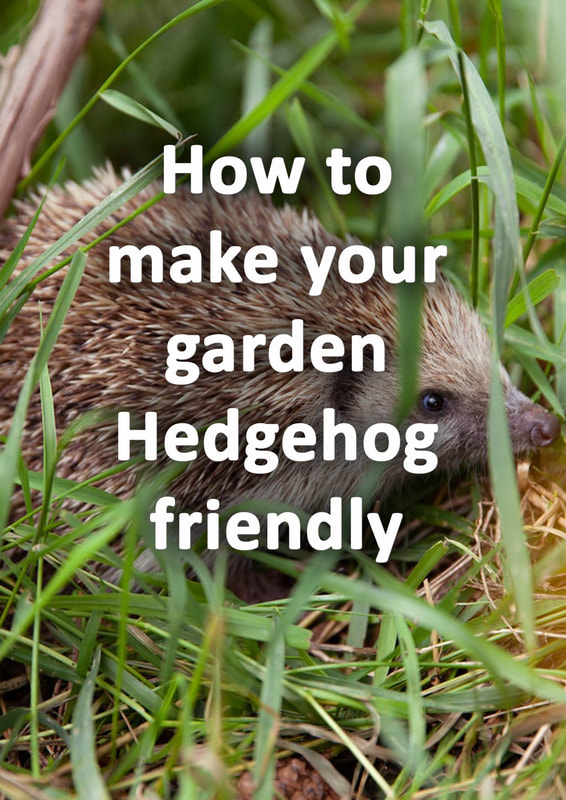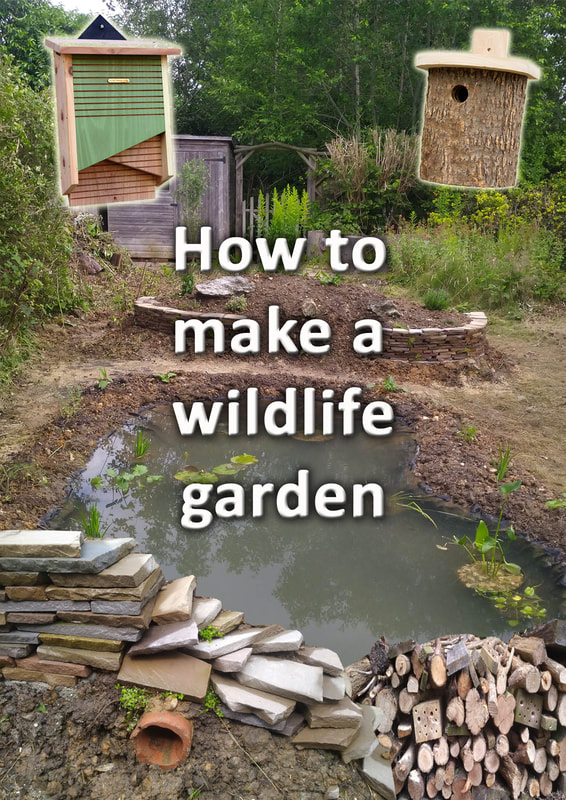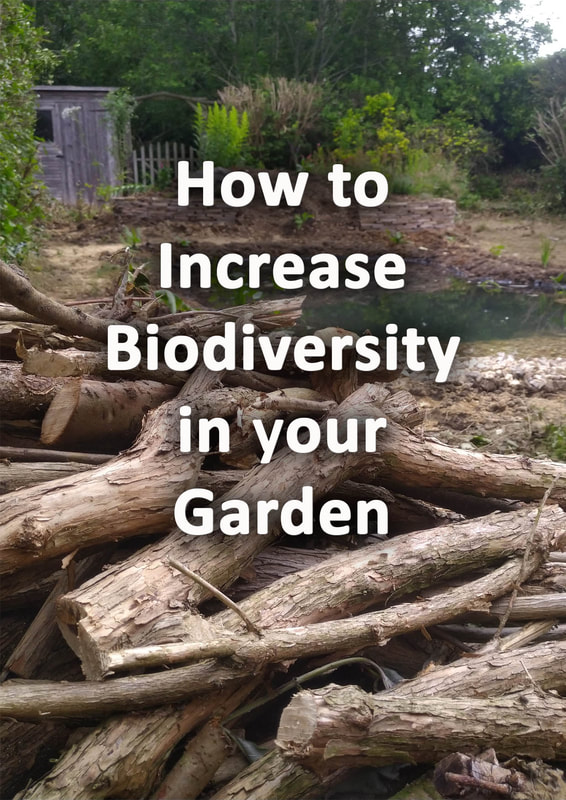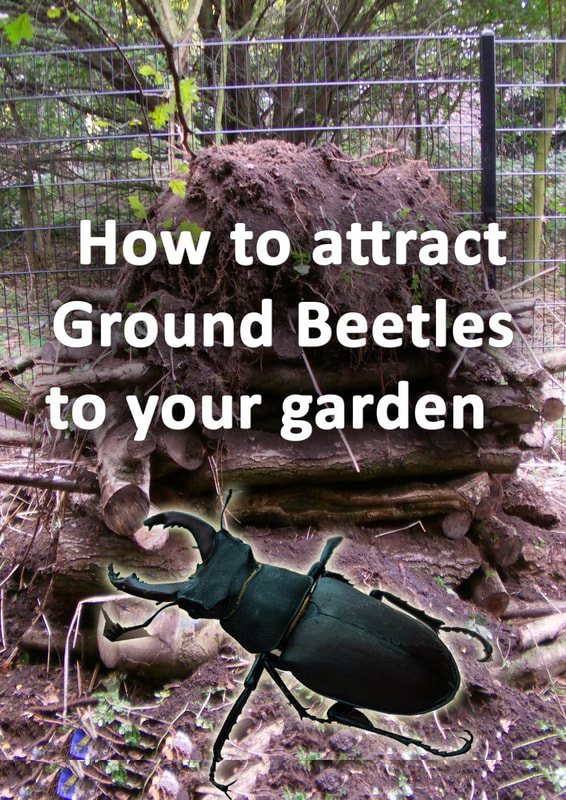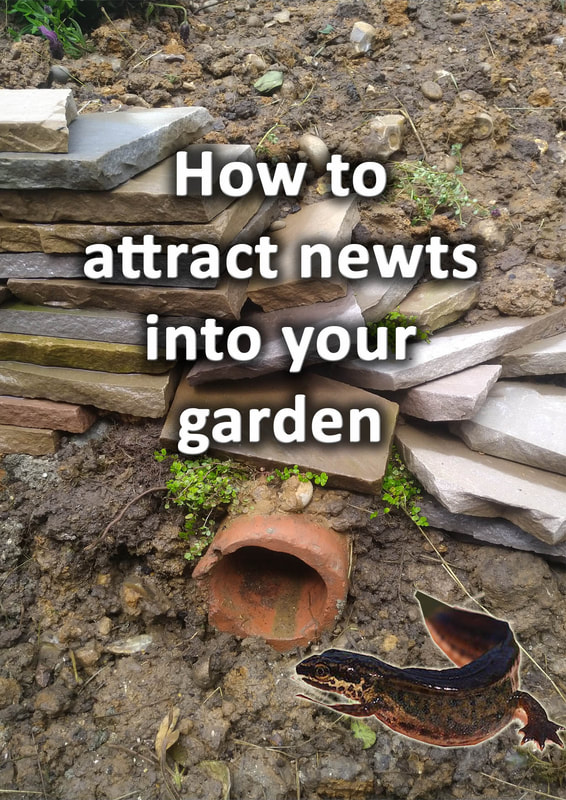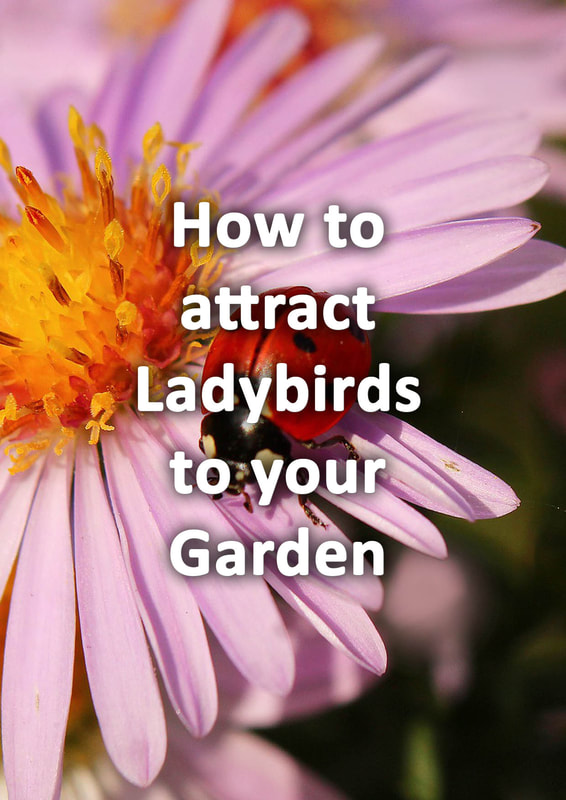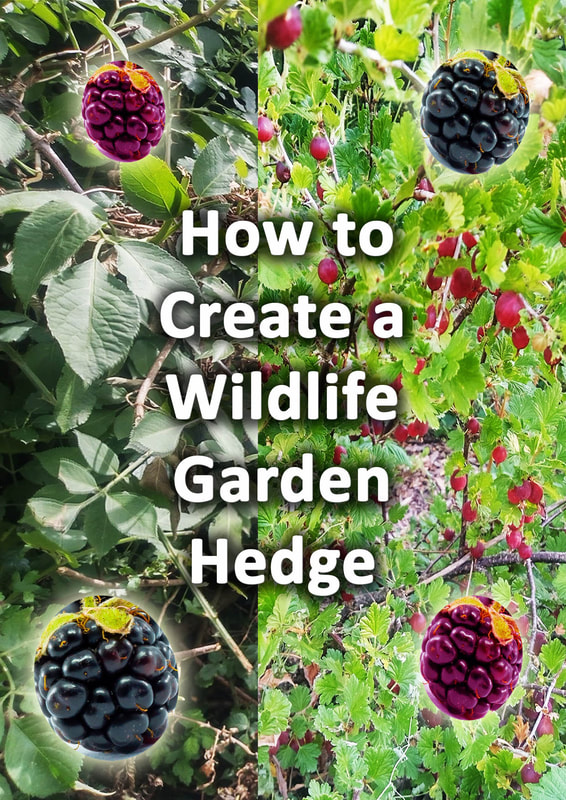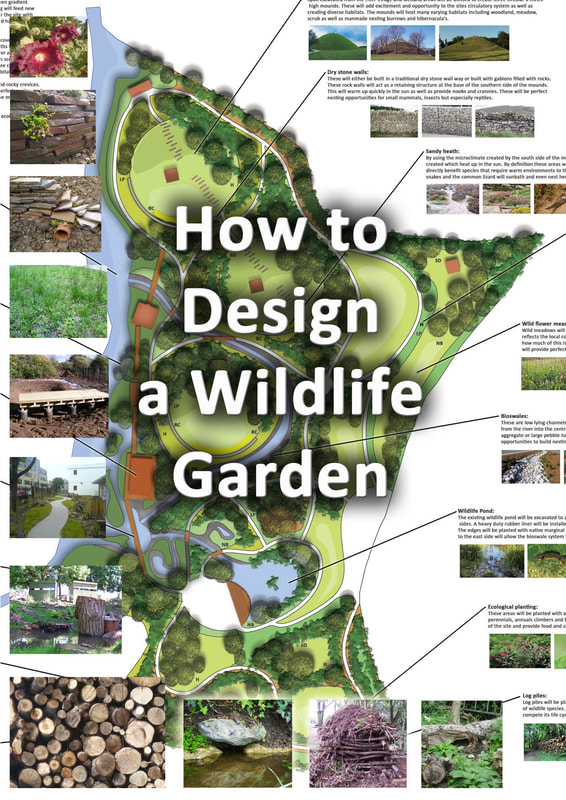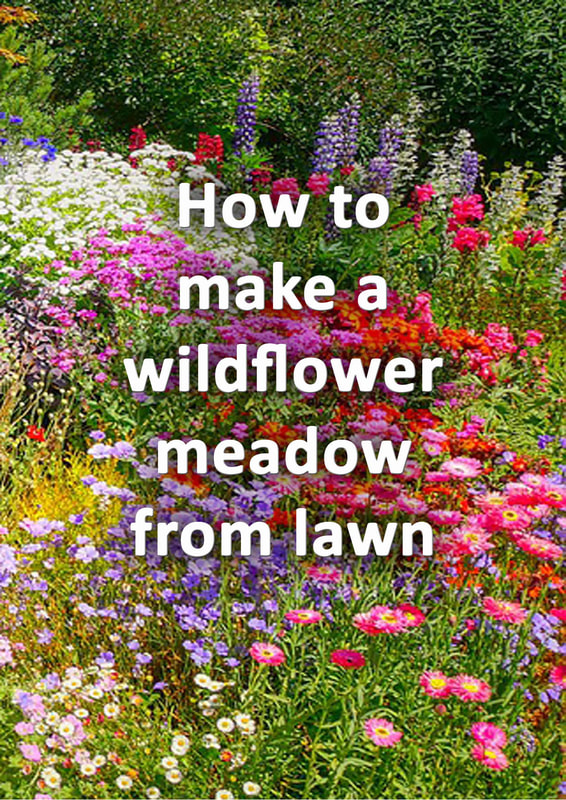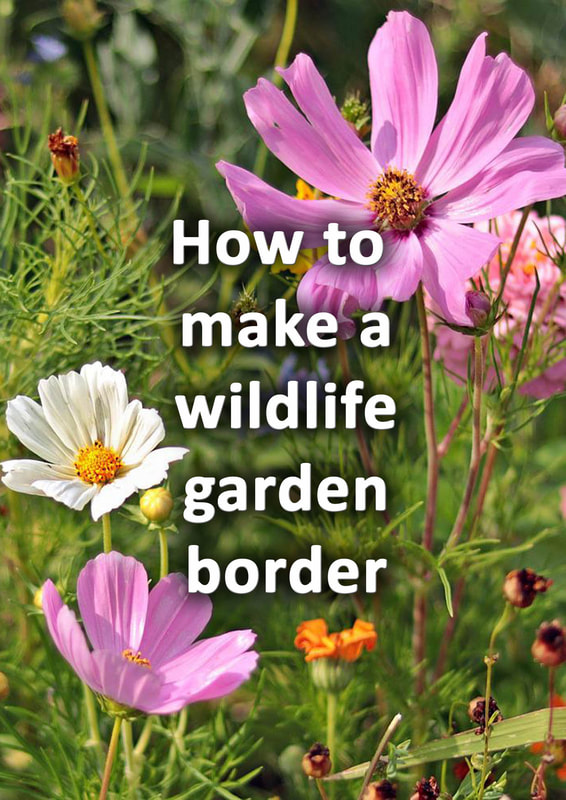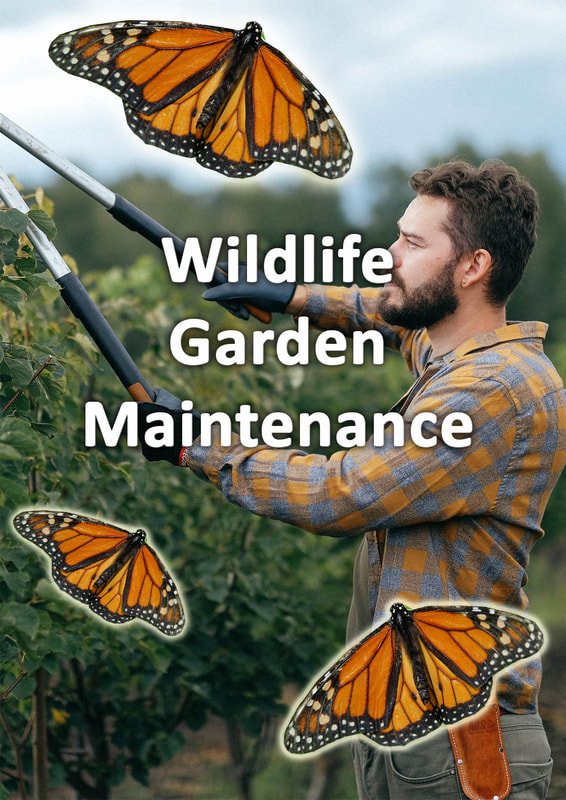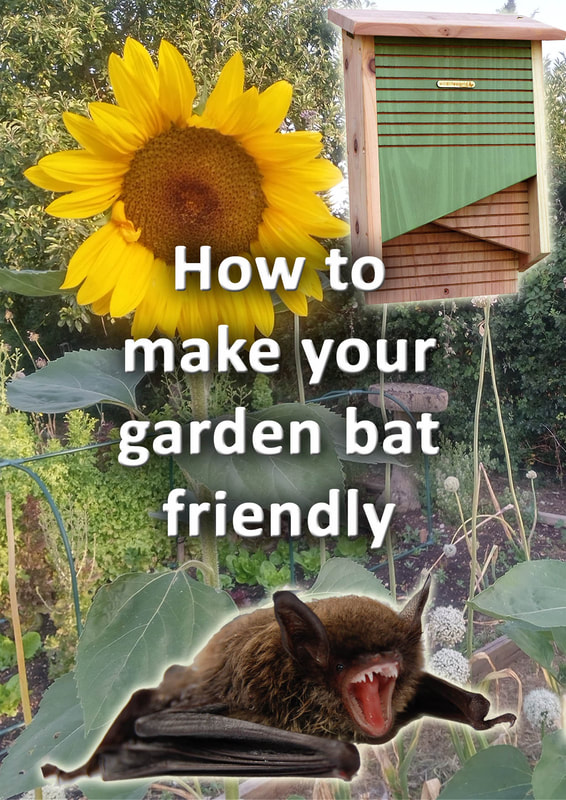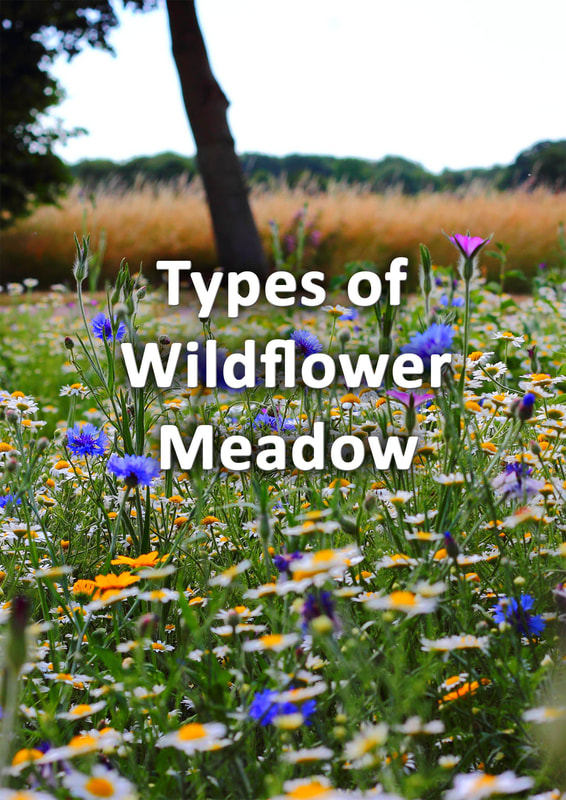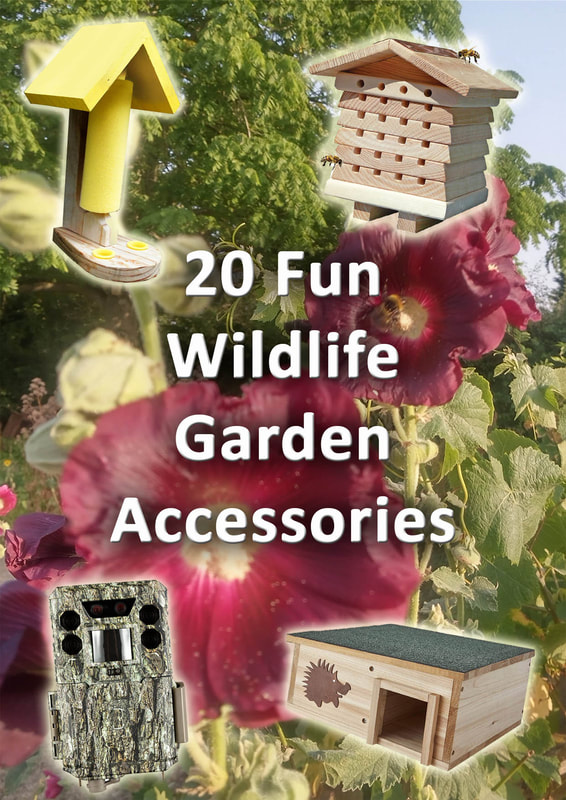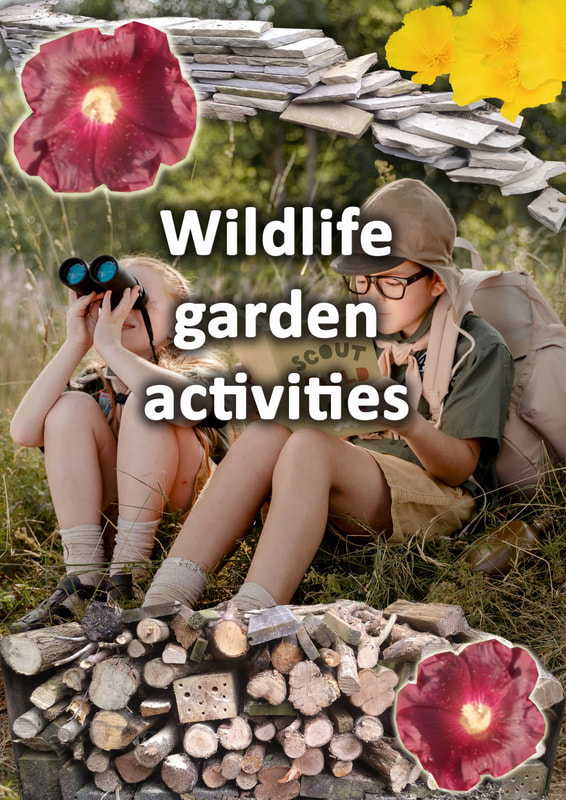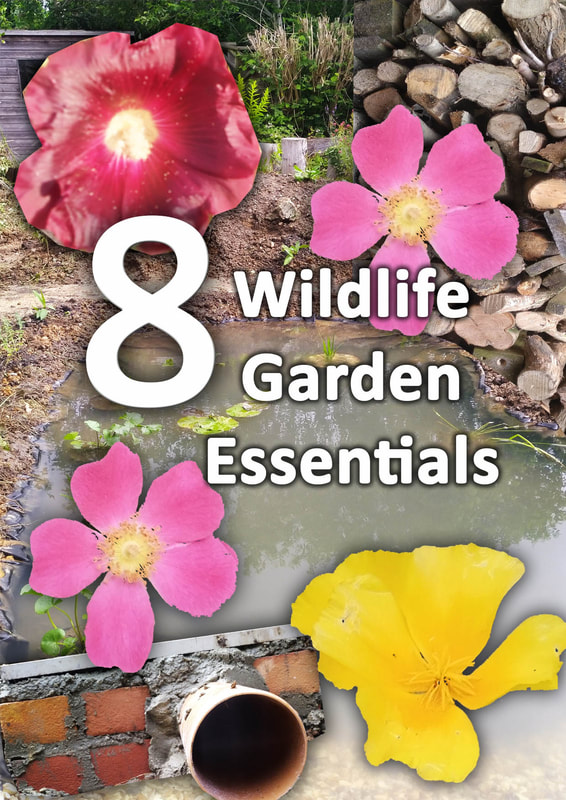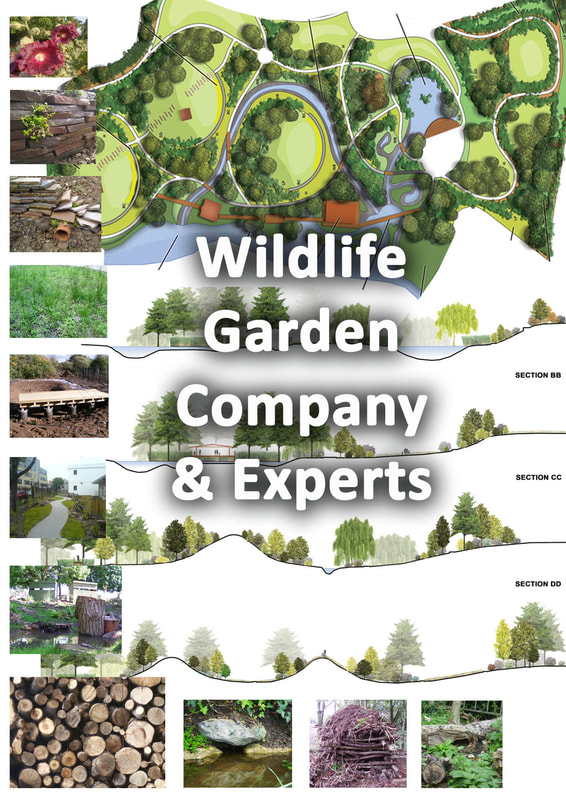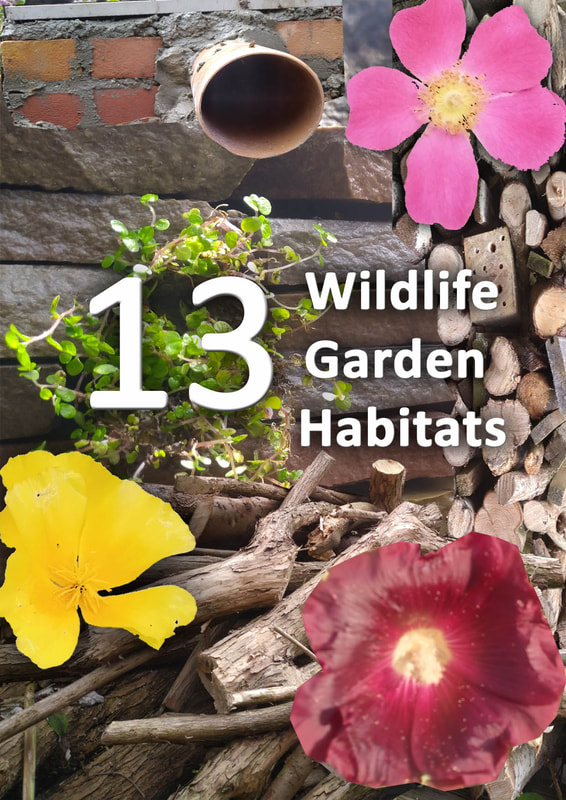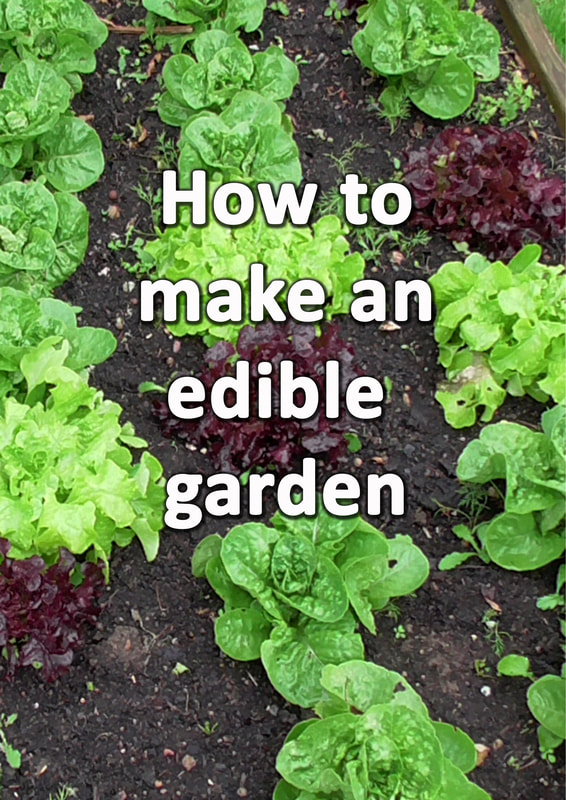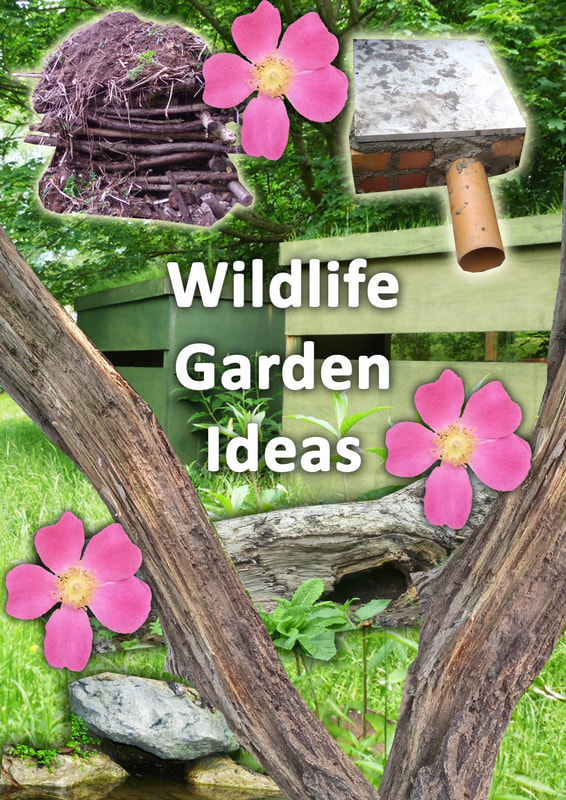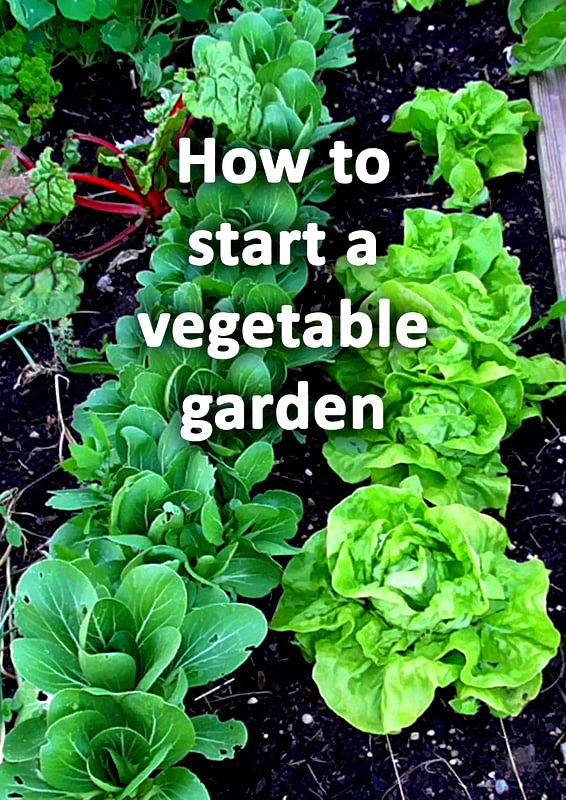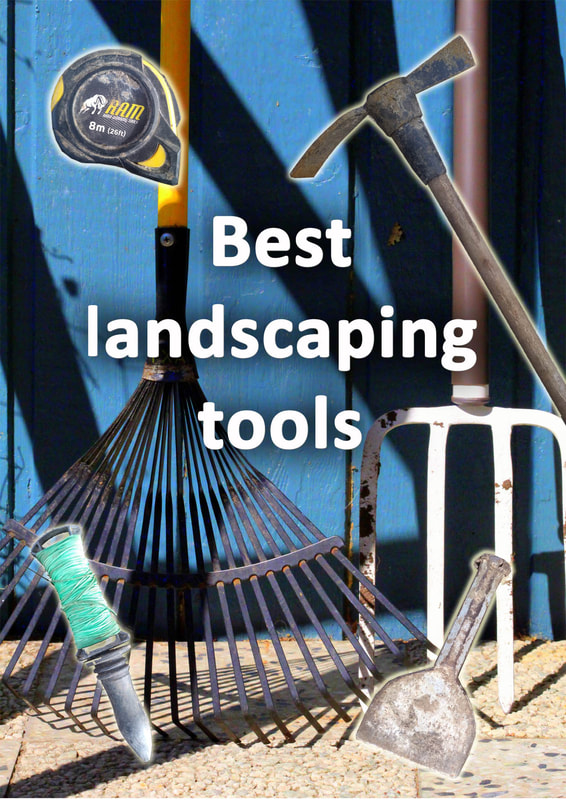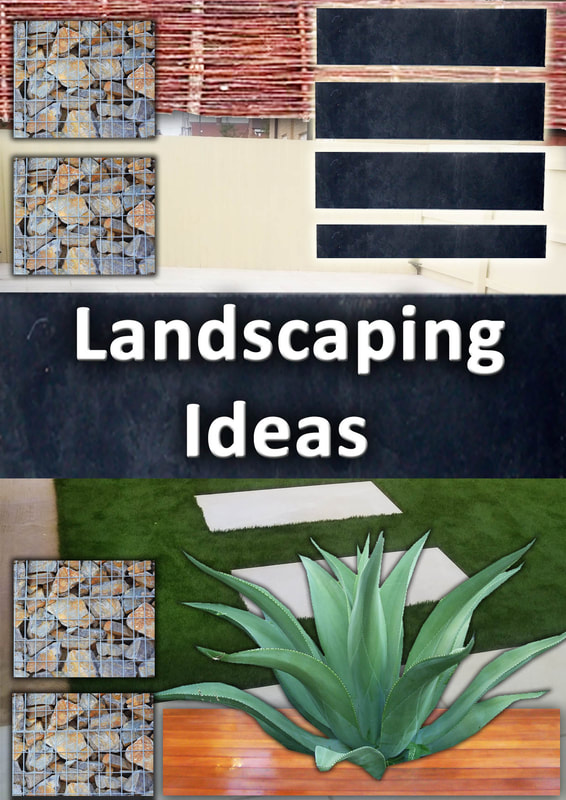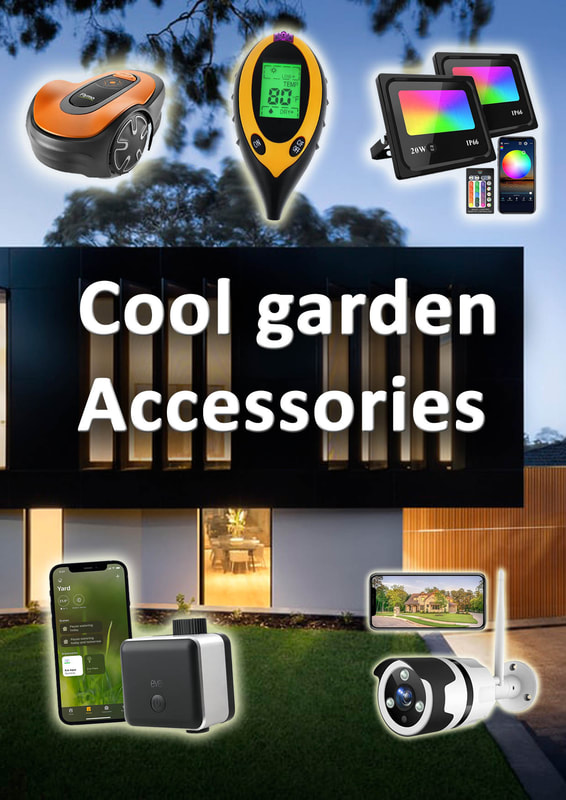|
This article contains affiliate links
Sustainability is becoming an ever more important part of our modern lives. Our recognition of civilisations impact on the planet is making us think hard about the day to day choices we make.
This is even more relevant in regard to our gardens and outside spaces. Landscapes are people’s gateway to the natural world and are the key to our sustainable future. Sustainable gardens can be havens for wildlife, produce food, sequester carbon and even generate power. In order to create sustainable gardens you must evolve spaces which enhance productive, natural ecosystems and offset negative impacts of human development. Sustainable gardens are multifunctional environments which combine natural process, ecology, recycling, food production and recreation. If you want to create a sustainable garden easily we have listed 25 main ways to make a sustainable garden today! 1. Create a vegetable plot
The fundamental element of sustainability is to not consume what you cannot provide from your environment. With all the hype about electric cars and solar technology, growing your own food is the most sustainable thing you can do! Sustainability is all about fundamental concepts such as how much land does a person need to be self sufficient in food? Answering such questions can provide a realistic idea of what sustainability is. Vegetable gardens are easy to create, encourage exercise, are fun and provide fresh food for the kitchen. If you are interested in starting your own vegetable garden check out our article on the subject here. 2. Grow perennial vegetables
Traditional vegetable plots are not the only way sustainable gardens can produce food. Conventional vegetable growing generally relies on annual crops which grow from seed every year. However there is a whole range of perennial vegetables which once established, re-grow every year. The most commonly known examples of perennial vegetables include species such as Asparagus, Artichoke and Rhubarb. However, there are actually many other less well known perennial vegetables that are also available. The self sufficient homesteading blog has an excellent article listing all of these here. Perennial vegetables are more sustainable than annuals as they require less seasonal input, maintenance and fertiliser. 3. Plant an orchard
The best sustainable gardens are endowed with the ability to produce food, attract wildlife and sequester carbon. The best way to implement all three is to plant an orchard which can provide you with seasonal crops. In spring orchard blossoms can provide an early source of nectar for multiple pollinator insects and bees. There are so many different species you can grow including, apples, pears, almonds, hazels, plums, cherries and figs to name a few. Fruit and nut trees grow in the same position for decades locking up carbon above and below ground. They also provide shelter for wildlife and help to improve air quality. 4. Keep chickens
There is a good reason chickens have been kept by people ever since the dawn of agriculture. Chickens are one of the most sustainable livestock animals to have living around your home. These amazing birds have the ability to lay nutritious eggs daily and provide some of the best fertiliser. Given enough room to forage chickens can feed themselves on garden pests and weeds. Chickens can be fed on leftover vegetables from the kitchen and will even eat grass. This means they convert waste products into food making them a great accompaniment to the sustainable garden. There are so many breeds to choose from and they are very easy to keep. If you are thinking about keeping chickens you may want to obtain a good book on the subject first. Small chicken runs and coops are quite affordable with many designs available online. 5. Slow down surface run off sustainablyOne of the biggest ecological problems around urban developments is impermeable, surface run off. During times of heavy rain storm water flushes chemicals and pollutants from surfaces into drainage networks. This water can find its way into streams and rivers poisoning natural ecosystems. On a local level continuous hard surfacing can contribute to flash flooding and boggy soil conditions. Sustainable gardens always seek to slow down run off where possible. This can be achieved with Sustainable Urban Drainage installations such as green roofs, permeable paving, and seasonally flooding wetlands. 6. Collect rain water and store it
Sustainable gardens should seek to use as little water from the mains supply as possible. This means planning your garden with a need for minimum irrigation requirements. A good way to achieve this is choosing plants which are native to your climatic, region. This means they will be more adaptable to local conditions, soil type and rainfall. However it is amazing just how much water can be collected from roof gutters and hard surfacing. Create a sustainable water harvesting plan for your garden. This can include installing water butts to guttering and retention ponds for summer irrigation. 7. Grow native plants
The more you incorporate native plants into your garden the more sustainable it will be. Such plants are already adapted to your climate meaning they will require less personal care. Native plants also are more likely to benefit local wildlife making them a more ecological choice. If you don’t know what plants are native to you an internet search on a specific species will normally reveal their origin. 8. Add biodiversity
Just because a plant is not native to your area does not mean it isn’t good for local ecology. Very often foreign plants can be very good at providing food and shelter. A good example is the ‘Butterfly Bush’ or Buddleia. This shrub originates from South East Asia but is very popular across Europe and America for attracting butterflies. Such planting is often referred to as ecological planting within sustainable gardens. These can be species rich as long as they are suited to the climate and are not invasive. 9. Create a wildlife pond
As sustainable gardens seek to provide a healthy environment for nature attracting wildlife is essential. One of the most effective ways to reach this objective is by creating a wildlife pond. Wildlife ponds do not have to be that large to have a positive impact but the larger they are the better. Not only do wildlife ponds providing drinking and bathing opportunities for wildlife they also support their very own ecosystems. Aquatic wildlife and ecosystems can be extremely diverse and beneficial as a whole. Amphibians such as frogs and newts can help reduce garden pests such as slugs and snails. 10. Create a wildlife meadow
Mown and manicured lawns are extremely popular in modern gardens and for good reason. Lawns provide lush, green expanses of useable surfaces perfect for multiple activities. However frequently mown grass is not optimum for sustainable gardens. Mowing and strimming consumes large amounts of energy and gasoline engines contribute greatly to air pollution. Consequently the best way to manage grassland in a sustainable garden is with wildflower meadow. These can become a rich tapestry of wild grasses and flowers, beneficial to many wild species. Wildlife meadows can be cut up to twice a year providing hay for animal bedding or mulch. 11. Install bird & bat boxes
An unfortunate reality of many managed landscapes is they are too clean and tidy. Old trees and dense vegetation is cleared away which leaves no nooks and crannies for wildlife. In the past old farm buildings and standing dead trees would provide perfect nesting for bats and birds. Consequently there has been a dramatic reduction in these species in recent times. By installing bird and bat boxes in your garden you can help their numbers to recover. 12. Encourage beneficial insects
It is very common for people not to like too many creepy crawlies around them. However most of the time it is these insects which are the most beneficial to the garden. Hover flies, spiders, parasitic wasps and solitary bees are just some of what can be described as beneficial insects. This is because these species carry out many beneficial functions within the gardens ecosystem. The most notable of these include pest control and pollination. Many beneficial insects require specific nesting requirements like hollow tubes or specifically sized gaps. Create as many nooks and crannies in your sustainable garden to provide ideal nesting sites. Alternatively you can installinsect and bug hotels which come in a range of attractive designs. 13. Create hibernacula’s
Wild habitats untouched by civilisation are full of natural hiding places. This is because decades of natural process with death and decay lead to very diverse habitats. These provide the perfect places for wildlife to nest and hibernate. As many gardens are clean and tidy places it is a good idea to create hibernacula’s. Very simply these are mounds of soil, rocks and old vegetation which create safe hollows within the landscape. These can be formed into sculpted pieces of land art and seeded with meadow mixes. Alternatively they can simply be old pallets filled with rocks and covered with soil. Providing hibernacula’s is a great way to encourage small mammals like hedgehogs into your sustainable garden project. 14. Vegetate boundaries
Most gardens have some form of rigid boundary to their perimeter. These are typically around 6 feet tall and consist of timber fences or masonry. A great way to boost ecology in your garden is to vegetate these with plants. The easiest way to do this is with climbing plants trained up wires or trellis. However an even more elaborate way is to install modular green wall pockets. These can be planted up with herbs or even salad crops if they are well irrigated. Vegetating boundaries can boost wildlife, produce food, reduce run off and improve air quality. 15. Provide safe passage to wildlife
Garden fences and walls can create solid barriers between other gardens and landscapes. Sustainable gardening is all about recognising your site is a part of a wider ecosystem. Consequently it is a good idea to allow for safe passage of species across your garden. This can be done by creating fist sized holes to your boundary at ground level. This can be particularity beneficial to small mammals like hedgehogs which consume garden pests. 16. Start bee keepingSustainable gardens are all about working with nature and providing abundance. There is probably no better way to achieve this than by becoming a bee keeper. The great thing about bee keeping is benefitting from the collective foraging of honey bees over a large area. This means you get to harvest everyone else’s gardens! Your bees will fly around collecting pollen and nectar throughout the summer. The best way to get started with bee keeping is to read a book on the subject then join a local association. 17. Don’t use chemicals
Sustainable gardening is all about creating ecological balance and restoring ecosystems. The only way to do this is by not using chemical pesticides and herbicides. These can indiscriminately kill beneficial species which help to keep pests under control. Such chemicals can also break down into the ground contaminating soil and killing soil life. Hence if you are creating a sustainable garden try to facilitate a healthy ecosystem. A garden full of small mammals, birds, reptiles and amphibians will mean less pest species eating your plants! 18. Buy local
When buying any garden related products try to purchase from local suppliers. One of the biggest barriers to achieving sustainability today is carbon foot print. This is the total amount of carbon emissions for any given product, person or event. The more miles any product travels the higher the carbon foot print. Hence sustainable gardeners should seek to source all of their parts as locally as possible. 19. Don’t use single use plasticsIf there has been one environmental issue which has dominated in the past few years its single use plastics. These plastics typically used in packaging are easily carried by wind and can end up practically anywhere. Most noteworthy are the ones that end up in the ocean. Many look very similar to jellyfish and squid which subsequently become ingested by larger sea life. The most shocking revelations have been with microscopic plastic particles. These have been discovered pretty much everywhere including in our bodies. Therefore any sustainable garden project really should not use single use plastics. 20. Re-use old plastic pots
By far the most common single use plastic commodity for gardeners is plastic pots. The best way to deal with these is to reuse them many times over to reduce the need for new. By reusing existing pots as much as possible will keep them out of landfill and offset some of their negatives. 21. Use sustainable materials
Garden installations should be built with as sustainable materials as possible. This is not always easy but collectively can make a big difference. Natural stone paving is generally better than pre-cast, manufactured, concrete, paving. Any natural stone should be sourced from as local a quarry as possible however this is not always viable. With hard landscaping it is always best to build elements correctly and robustly. Natural stone from Brazil is not very sustainable, however if installed solidly could last a century! That is more sustainable than re-paving with new stone every 15 years! Obviously timber should be sourced ethically and have FSC Certification. 22. Reduce the use of concrete
The production of concrete currently produces 8% of global carbon emissions making it very bad for the environment. Hence sustainable gardens should try to reduce its use where possible. Gravels are much more ecological than cement based surfaces. Not only do gravels eliminate the need for concrete they are also permeable reducing surface run off. 23. Start a worm farm
Worm farms are a great way to break down vegetable waste quickly and convert it into rich fertiliser. This process is very similar to composting but the worms are capable of breaking down organic matter much faster. The worms break down the material by ingesting it and producing castings. These produce a very rich, dark coloured fertiliser and very good for growing vegetables. This makes having a worm farm the perfect way to recycle within a sustainable garden. 24. Boost soil ecology
Many people do not realise that topsoil has an ecosystem all of its own. Garden soil is very much alive with billions of microorganisms including bacteria, fungi, invertebrates and insects. These organisms are constantly breaking down organic matter and recycling nutrients. A healthy soil ecosystem is essential for robust and healthy plants. The best way to boost soil ecology is to add a mulching layer to the surface. This will keep the soil moist, insulated and provide lots of nutrition for soil life. The more abundant your soil life is the more your sustainable garden will store carbon under the surface. 25. Sustainable composting
The ultimate way to create a sustainable garden is to recycle nutrients on site. The best way to do this is by composting all organic waste. This can be done in many different ways but the most typical method is a compost heap. This can simply be a heap of organic waster which is turned a couple of times a year to add oxygen. There are also compost tumblers which allow you to turn the material without the need for digging. You can vegetable waste from the kitchen, leaves, grass clippings and weeds to your compost heap. After a few months to a year you will be rewarded with the perfect compost ready to use in the garden.
Thank you for reading our article on how to create a sustainable garden. We are experts in all aspects of sustainable landscaping. Some typical examples of our sustainable garden services include:
Green walls Green roofs Permeable surfacing Sustainable urban drainage Wildlife garden design Habitat creation Nature reserve planning Wildlife gardens Wildflower meadows Edible landscaping Sustainable landscape architecture Please find an example of our sustainable landscape design below. The project design features a new nature reserve with both wildlife habitats and agroforestry.
For more information on our sustainable landscape and garden servicescontact us here.
Please help us spread the sustainable landscaping message by sharing this article on social media via the tabs below!
'As an Amazon Associate I earn from qualifying purchases'
4 Comments
The more diversity there is within an ecosystem the more resilient it is to external shocks. Such events can include natural or man made disasters or climate change. Particularly within the developed world a lack of biodiversity is becoming an ever increasing threat.
Reply
I never took to account the fact that we can also get plants as are not native to our area. In that case, I can also look for other types of plants when I go to a gardening center this weekend to work on my backyard. What I want to achieve is to have herbs and flowers growing abundantly here on my property starting this summer.
Reply
4/28/2023 03:34:07 am
The article on buckinghamshirelandscapegardeners.com about sustainable gardening is a valuable resource for homeowners who want to create an eco-friendly outdoor space. The author provides 25 practical tips on how to reduce waste, conserve water, and choose sustainable materials. The comments section includes readers sharing their own ideas and suggestions.
Reply
7/30/2023 04:10:48 am
Creating a sustainable garden is a noble endeavor, and it's heartening to see 25 ways to achieve that! By emphasizing water conservation, natural fertilizers, and responsible planting practices, we can create an eco-friendly haven right in our backyard. Let's all contribute to the greener cause through conscious landscaping.
Reply
Leave a Reply. |
The Author
|
Landscaping services across Buckinghamshire, Amersham, Aylesbury & High Wycombe
Hyde Heath, Amersham, Buckinghamshire |
|

